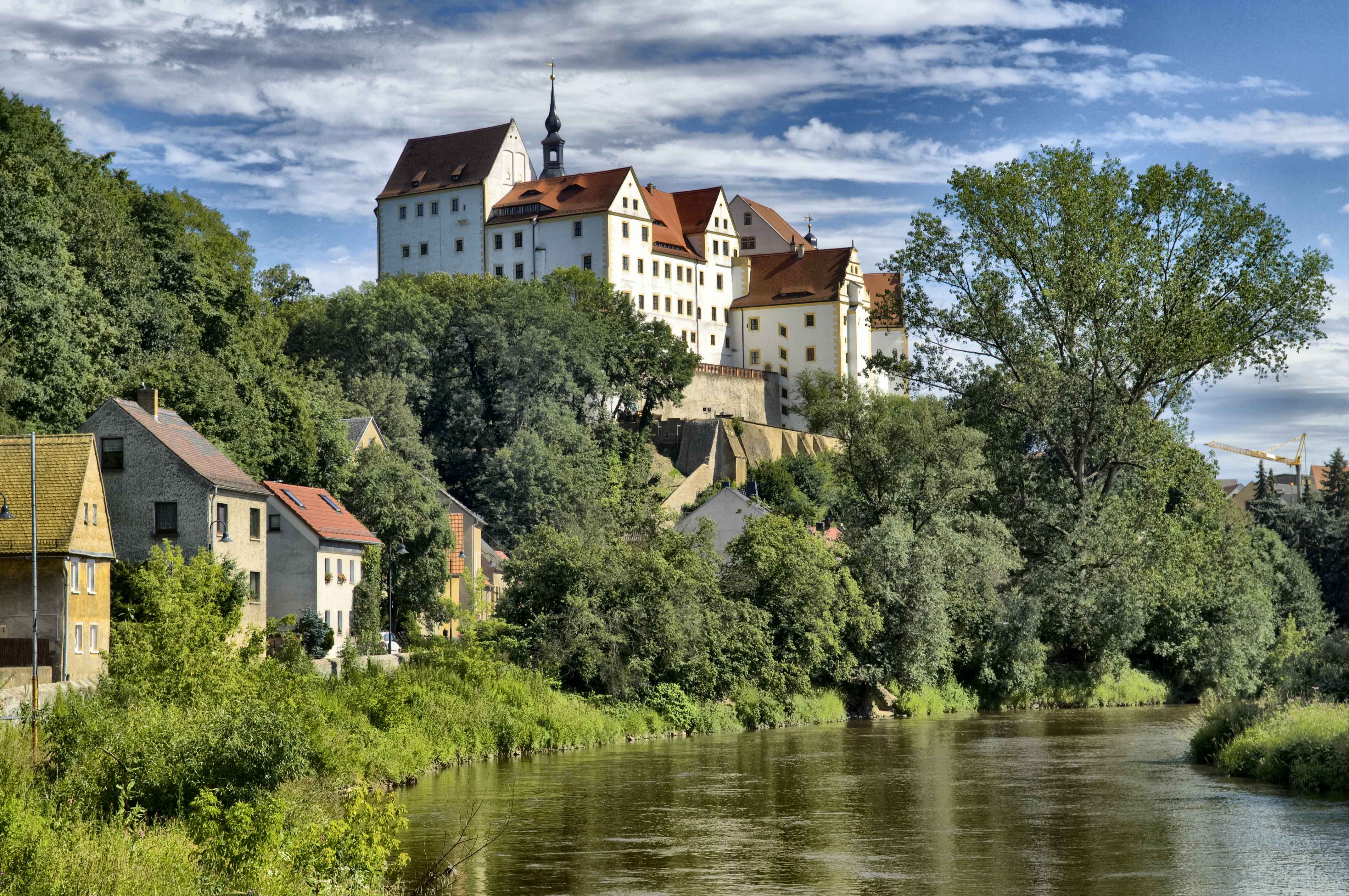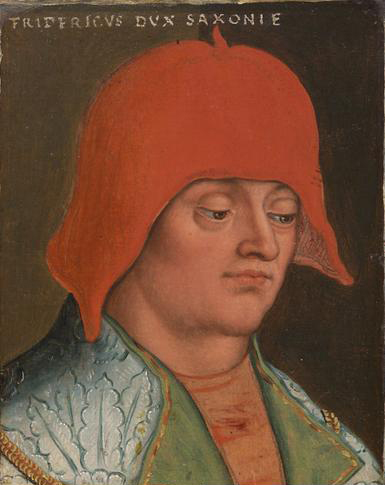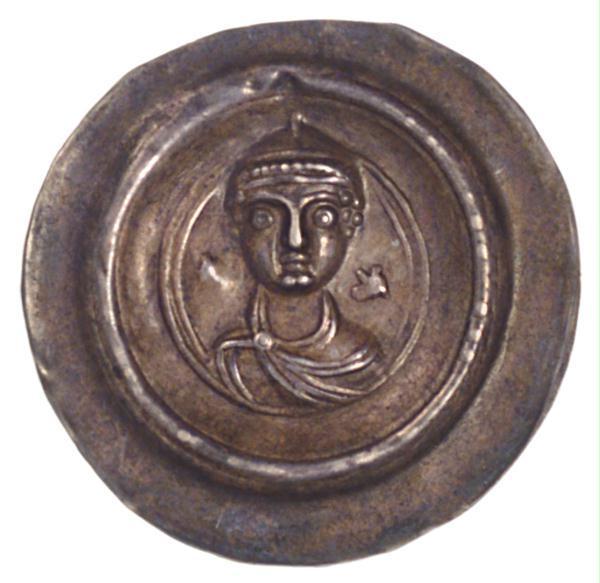|
Minting Rights
From the Middle Ages to the Early modern period (or even later), to have minting rights was to have "the power to mint coins and to control currency within one's own dominion." History In the Middle Ages there were at times a large number of mints, and similar coins could have different denominations depending on who minted them, but there were certain coinage regulations. In the Holy Roman Empire, the right to mint coins, known as the ''Münzrecht'', was granted by the emperor to individual feudal princes and cities. As in the Francia under Charlemagne, the empire initially minted coins itself but, from the 10th century, more and more fiefdoms and institutions were granted the right to mint coins. For example, Emperor Otto I gave minting rights to the Archbishopric of Cologne. In the 16th century, the Empire stopped minting coins itself and only specified minting regulations. Similarly, within European kingdoms, the king granted the right to mint coins. Individual monasterie ... [...More Info...] [...Related Items...] OR: [Wikipedia] [Google] [Baidu] [Amazon] |
Middle Ages
In the history of Europe, the Middle Ages or medieval period lasted approximately from the 5th to the late 15th centuries, similarly to the post-classical period of global history. It began with the fall of the Western Roman Empire and transitioned into the Renaissance and the Age of Discovery. The Middle Ages is the middle period of the three traditional divisions of Western history: classical antiquity, the medieval period, and the modern period. The medieval period is itself subdivided into the Early, High, and Late Middle Ages. Population decline, counterurbanisation, the collapse of centralised authority, invasions, and mass migrations of tribes, which had begun in late antiquity, continued into the Early Middle Ages. The large-scale movements of the Migration Period, including various Germanic peoples, formed new kingdoms in what remained of the Western Roman Empire. In the 7th century, North Africa and the Middle East—once part of the Byzantine Empire� ... [...More Info...] [...Related Items...] OR: [Wikipedia] [Google] [Baidu] [Amazon] |
Cluny Abbey
Cluny Abbey (; , formerly also ''Cluni'' or ''Clugny''; ) is a former Benedictine monastery in Cluny, Saône-et-Loire, France. It was dedicated to Saints Peter and Paul. The abbey was constructed in the Romanesque architectural style, with three churches built in succession from the 4th to the early 12th centuries. The earliest basilica was the world's largest church until the St. Peter's Basilica construction began in Rome. Cluny was founded by Duke William I of Aquitaine in 910. He nominated Berno as the first abbot of Cluny, subject only to Pope Sergius III. The abbey was notable for its stricter adherence to the Rule of St. Benedict, whereby Cluny became acknowledged as the leader of western monasticism. In 1790 during the French Revolution, the abbey was sacked and mostly destroyed, with only a small part surviving. Starting around 1334, the Abbots of Cluny maintained a townhouse in Paris known as the Hôtel de Cluny, which has been a public museum since 1843. A ... [...More Info...] [...Related Items...] OR: [Wikipedia] [Google] [Baidu] [Amazon] |
Monetary Policy
Monetary policy is the policy adopted by the monetary authority of a nation to affect monetary and other financial conditions to accomplish broader objectives like high employment and price stability (normally interpreted as a low and stable rate of inflation). Further purposes of a monetary policy may be to contribute to economic stability or to maintain predictable exchange rates with other currencies. Today most central banks in developed countries conduct their monetary policy within an inflation targeting framework, whereas the monetary policies of most developing countries' central banks target some kind of a fixed exchange rate system. A third monetary policy strategy, targeting the money supply, was widely followed during the 1980s, but has diminished in popularity since then, though it is still the official strategy in a number of emerging economies. The tools of monetary policy vary from central bank to central bank, depending on the country's stage of development, inst ... [...More Info...] [...Related Items...] OR: [Wikipedia] [Google] [Baidu] [Amazon] |
Jura Regalia
Jura may refer to: Places * Jura, Scotland, island of the Inner Hebrides off Great Britain * Jūra, river in Lithuania Mountain ranges *Jura Mountains, on the French–Swiss–German border * Franconian Jura, south-central Germany * Swabian Jura, south-western Germany * Table Jura, north-eastern part of Jura Mountains * Montes Jura, on the Moon near Mare Imbrium Regions * Jura (department), France * Canton of Jura, Switzerland * Bernese Jura, part of the Swiss canton of Bern * Polish Jura, an upland of southern Poland Villages * Jura, Ontario, Canada * Jura, Transnistria, Moldova * Al-Jura, Mandatory Palestine * Al-Jura, Jerusalem, Mandatory Palestine Companies and organisations * Jura Books, anarchist bookshop in Sydney, Australia * Jura distillery, Scotch whisky distillery on the island of Jura * Jura Elektroapparate, Swiss developer and distributor of home appliances * Jura Federation, the anarchist, Bakuninist faction of the 19th century First International People * Jur ... [...More Info...] [...Related Items...] OR: [Wikipedia] [Google] [Baidu] [Amazon] |
Right Of Coinage In The Holy Roman Empire
The right of coinage in the Holy Roman Empire (in German ''Münzregal'') was one of the so-called regalia (also called ''royal privileges'' or ''sovereign rights''). It consisted of the right to issue regulations governing the production and use of coins. It covered the specification of currency, the right to mint and the right to use coins and the profit from minting. It is variously referred to in English sources as the "right of coinage", "coinage regality",Hübner, Rudolf (2000). ''A History of Germanic Private Law'', New Jersey. . "regality of coinage", "minting privileges" and "coinage prerogative". [...More Info...] [...Related Items...] OR: [Wikipedia] [Google] [Baidu] [Amazon] |
Frederick III (HRR)
Frederick III (German: ''Friedrich III,'' 21 September 1415 – 19 August 1493) was Holy Roman Emperor from 1452 until his death in 1493. He was the penultimate emperor to be crowned by the pope, and the last to be crowned in Rome. He was the fourth King of the Romans and the first Holy Roman Emperor from the House of Habsburg, which was to retain the title with one gap until it was declared at an end by Emperor Francis II, in 1806. Prior to his imperial coronation, he was duke of the Inner Austrian lands of Styria, Carinthia and Carniola from 1424, and also acted as regent over the Duchy of Austria from 1439. He was elected and crowned King of Germany in 1440. His reign of 53 years is the longest in the history of the Holy Roman Empire or the German monarchy. Upon his death in 1493 he was succeeded by his son Maximilian. During his reign, Frederick concentrated on re-uniting the Habsburg " hereditary lands" of Austria and took a lesser interest in Imperial affairs. Neverthe ... [...More Info...] [...Related Items...] OR: [Wikipedia] [Google] [Baidu] [Amazon] |
Schwertgroschen
The history of Saxon coinage or Meissen-Saxon coinage comprises three major periods: the high medieval regional pfennig period (bracteate period), the late medieval pfennig period and the thaler period, which ended with the introduction of the mark in 1871/72. Rich silver deposits, which were discovered near Freiberg after the middle of the 12th century, helped Saxony to a leading position in German coinage. The Saxon pfennigs (''Sachsenpfennige'') minted in eastern Saxony are also included, as described in Walther Haupt's ''Sächsischer Münzkunde'' ("Saxon Coinage"). They were minted on the basis of the Carolingian monetary reform, on which the oldest Meissen coinage is based. The different names of these pfennig types indicate a still unclear position within medieval numismatics. ''Hochrandpfennig'' (''Sachsenpfennig'') The 10th and 11th century pfennig type known as the Saxon pfennig (''Sachsenpfennig'') with a raised edge is the most common pfennig type of this time, a ... [...More Info...] [...Related Items...] OR: [Wikipedia] [Google] [Baidu] [Amazon] |
Seigniorage
Seigniorage , also spelled seignorage or seigneurage (), is the increase in the value of money due to money creation minus the cost of producing the additional money. Monetary seigniorage is where government bonds are exchanged for newly created money by a central bank, allowing debt monetization ("borrowing" without repaying). The increased purchasing power of the government at the expense of public purchasing power imposes what is known as an inflation tax on the public. Seignorage can also refer to: * Seigniorage derived from specie (metal coins) is a tax added to the total cost of a coin (metal content and production costs) that a customer of the mint had to pay, and which was sent to the sovereign of the political region. * Seigniorage derived from banknotes is the difference between interest earned on securities acquired in exchange for banknotes and the cost of printing and distributing the notes. Seigniorage is the positive return, or carry, on issued notes and coin ... [...More Info...] [...Related Items...] OR: [Wikipedia] [Google] [Baidu] [Amazon] |
Life Estate
In common law and statutory law, a life estate (or life tenancy) is the ownership of immovable property for the duration of a person's life. In legal terms, it is an estate in real property that ends at death, when the property rights may revert to the original owner or to another person. The owner of a life estate is called a "life tenant". The person who will take over the rights upon death is said to have a "remainder" interest and is known as a "remainderman". Principles The ownership of a life estate is of limited duration because it ends at the death of a person. Its owner is the life tenant (typically also the 'measuring life') and it carries with it right to enjoy certain benefits of ownership of the property, chiefly income derived from rent or other uses of the property and the right of occupation, during his or her possession. Because a life estate ceases to exist at the death of the measuring person's life, the life tenant, a temporary owner, may short-term let b ... [...More Info...] [...Related Items...] OR: [Wikipedia] [Google] [Baidu] [Amazon] |
Colditz
Colditz () is a small town in the district of Leipzig (district), Leipzig, in Saxony, Germany. It is best known for Colditz Castle, the site of the Oflag IV-C prisoner-of-war camp, POW camp for officers in World War II. Geography Colditz is situated in the Leipzig Bay, southeast of the city of Leipzig. The town centre is located on the banks of Zwickau Mulde river, south of its confluence with the Freiberger Mulde, Freiberg Mulde. The municipality had a population of 8,374 in 2020. The town Colditz consists of Colditz proper and the ''Ortsteile'' (divisions) Bockwitz, Collmen, Commichau, Erlbach, Erlln, Hausdorf, Hohnbach, Kaltenborn, Koltzschen, Lastau, Leisenau, Maaschwitz, Meuselwitz, Möseln, Podelwitz, Raschütz, Schönbach, Sermuth, Skoplau, Tanndorf, Terpitzsch, Zollwitz, Zschadraß, Zschetzsch and Zschirla. History The first record of a burgward on the Mulde river, called ''Cholidistcha'', dates to the year 1046, when Emperor Henry III, Holy Roman Emperor, Henry III dedi ... [...More Info...] [...Related Items...] OR: [Wikipedia] [Google] [Baidu] [Amazon] |
Frederick II, Elector Of Saxony
Frederick II, The Gentle (''Friedrich, der Sanftmütige''; Frederick the Gentle; 22 August 1412 – 7 September 1464) was Elector of Saxony (1428–1464) and was Landgrave of Thuringia (1440–1445). Biography Frederick was born in Leipzig, the eldest of the seven children of Frederick I, Elector of Saxony, and Catherine of Brunswick-Lüneburg, Catherine of Brunswick and Lunenburg. After the death of his father in 1428 he took over the government together with his younger brothers William III, Duke of Saxony, William III, Henry and Sigismund. In 1433 the Wettin (dynasty), Wettins finally concluded peace with the Hussites and in 1438 Frederick led Saxon forces to victory in the Battle of Sellnitz. That same year it was considered the first federal state parliament of Saxony. The parliament received the right to find together in case of innovations in fiscal matters also without summoning by the ruler. Also in 1438 it was decided that Frederick, and not his rival Bernard IV, duk ... [...More Info...] [...Related Items...] OR: [Wikipedia] [Google] [Baidu] [Amazon] |
Saxon Coinage
The history of Saxon coinage or Meissen-Saxon coinage comprises three major periods: the high medieval regional pfennig period (bracteate period), the late medieval pfennig period and the thaler period, which ended with the introduction of the mark in 1871/72. Rich silver deposits, which were discovered near Freiberg after the middle of the 12th century, helped Saxony to a leading position in German coinage. The Saxon pfennigs (''Sachsenpfennige'') minted in eastern Saxony are also included, as described in Walther Haupt's ''Sächsischer Münzkunde'' ("Saxon Coinage"). They were minted on the basis of the Carolingian monetary reform, on which the oldest Meissen coinage is based. The different names of these pfennig types indicate a still unclear position within medieval numismatics. ''Hochrandpfennig'' (''Sachsenpfennig'') The 10th and 11th century pfennig type known as the Saxon pfennig (''Sachsenpfennig'') with a raised edge is the most common pfennig type of this time, a ... [...More Info...] [...Related Items...] OR: [Wikipedia] [Google] [Baidu] [Amazon] |





